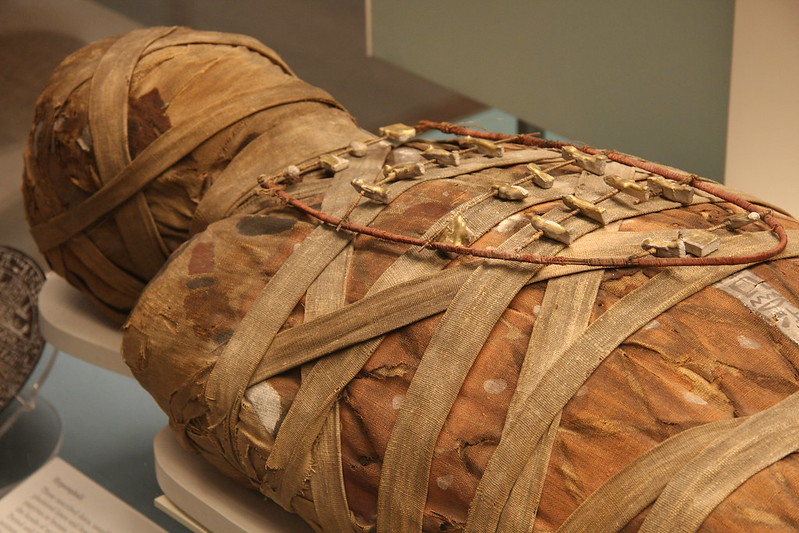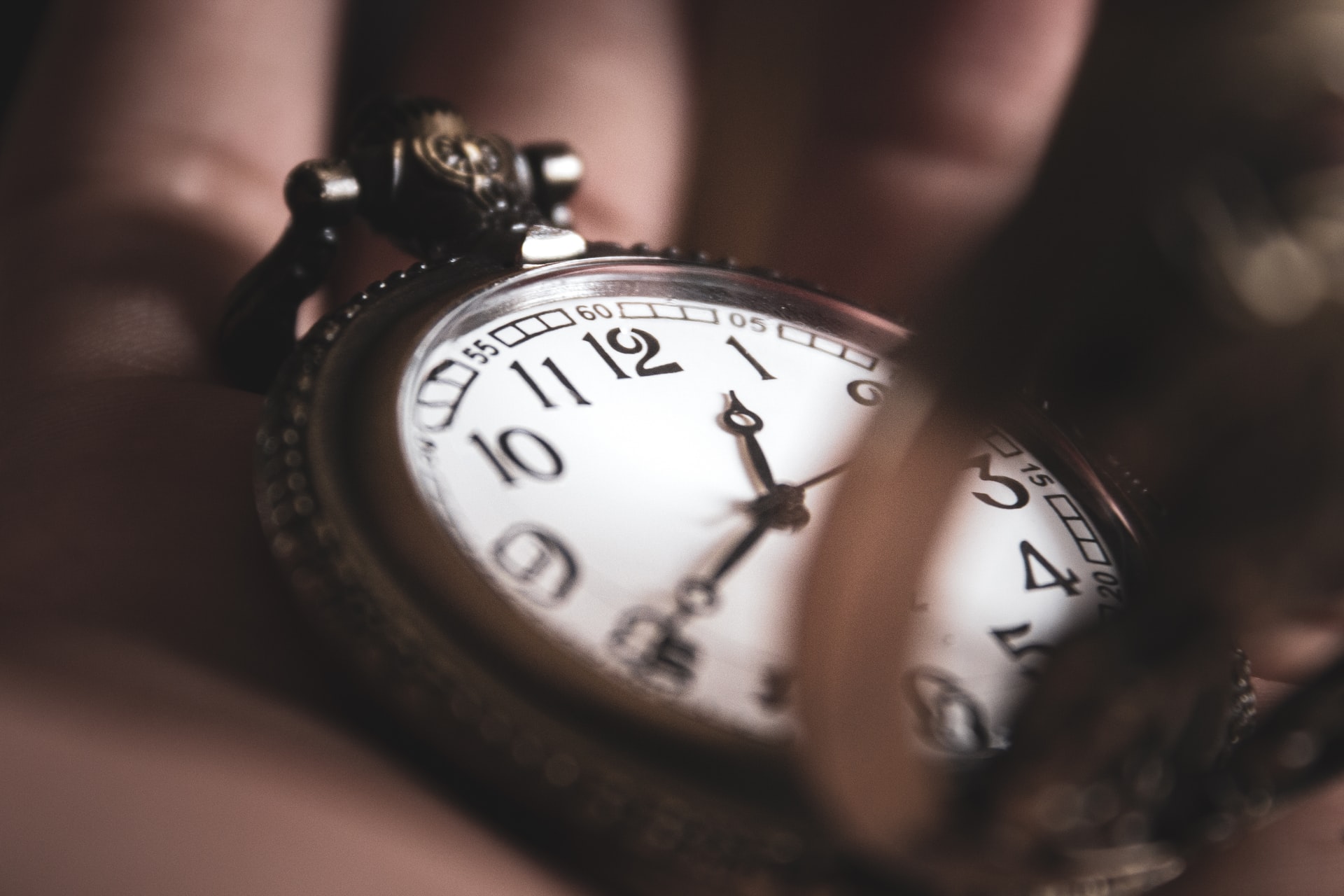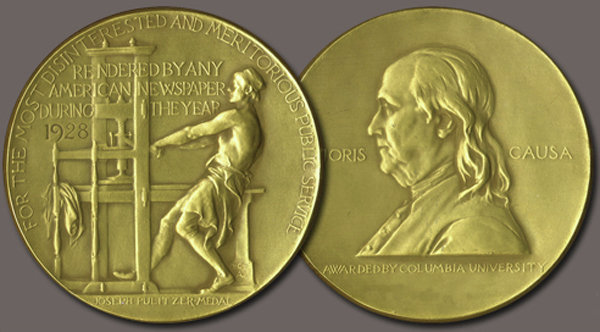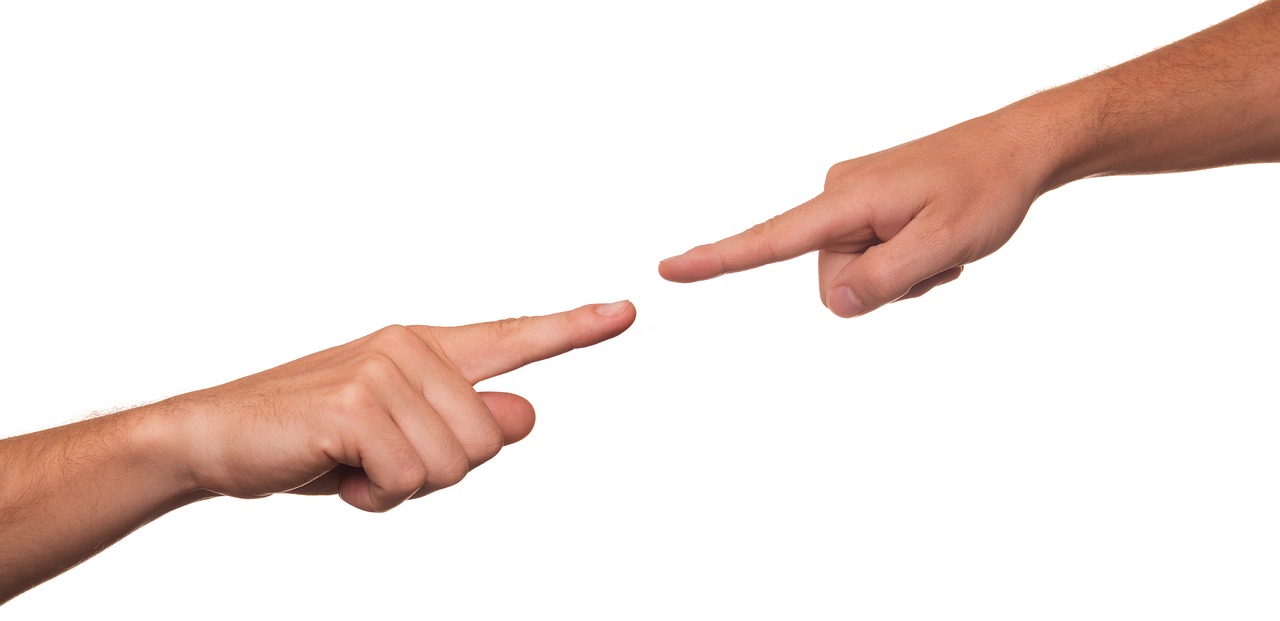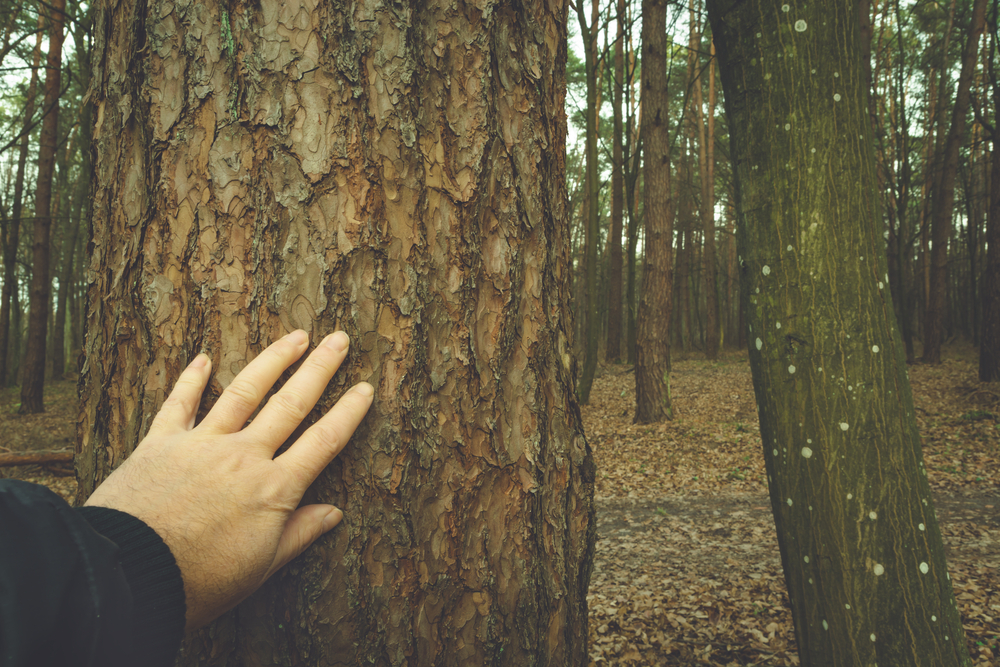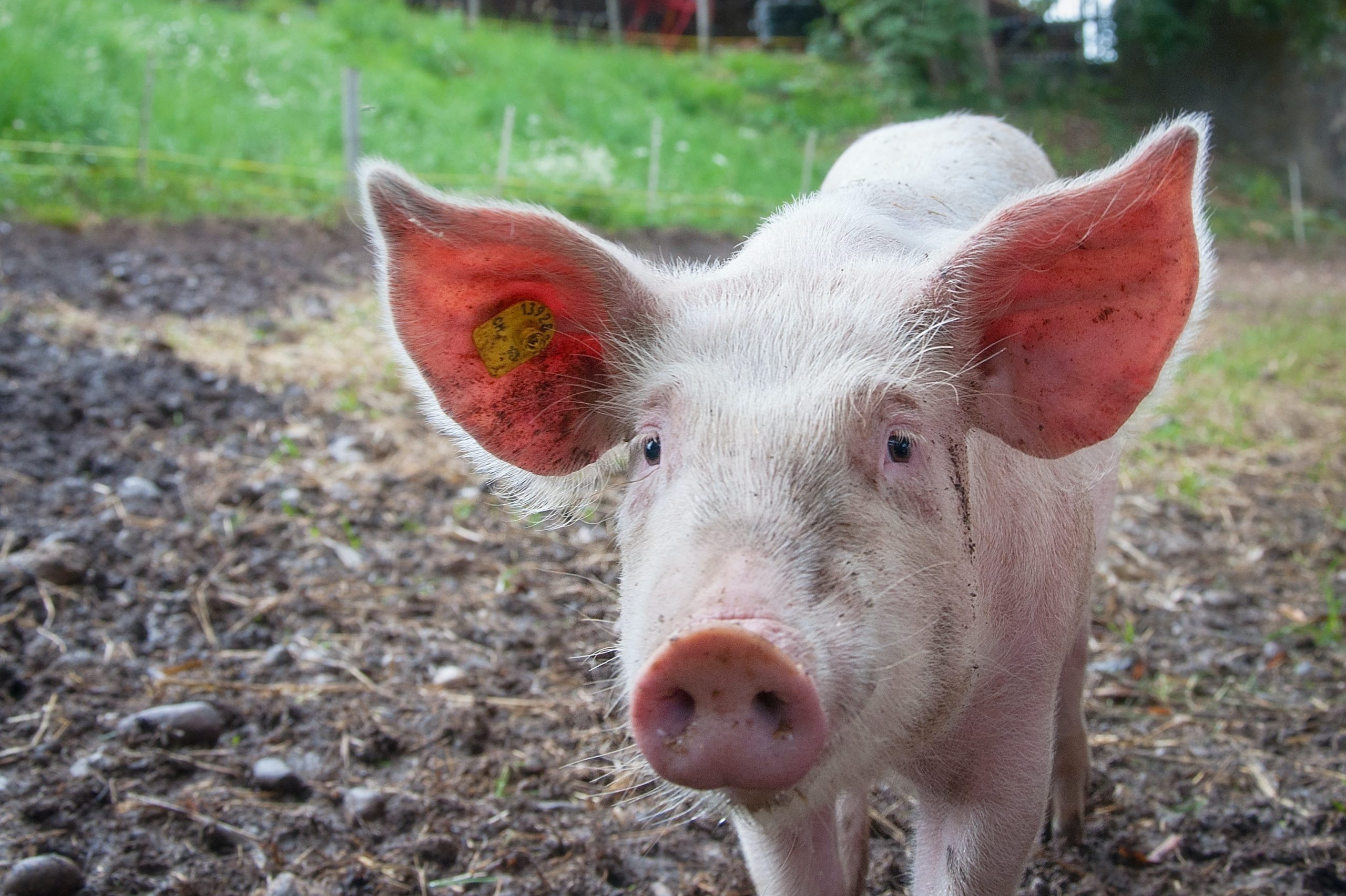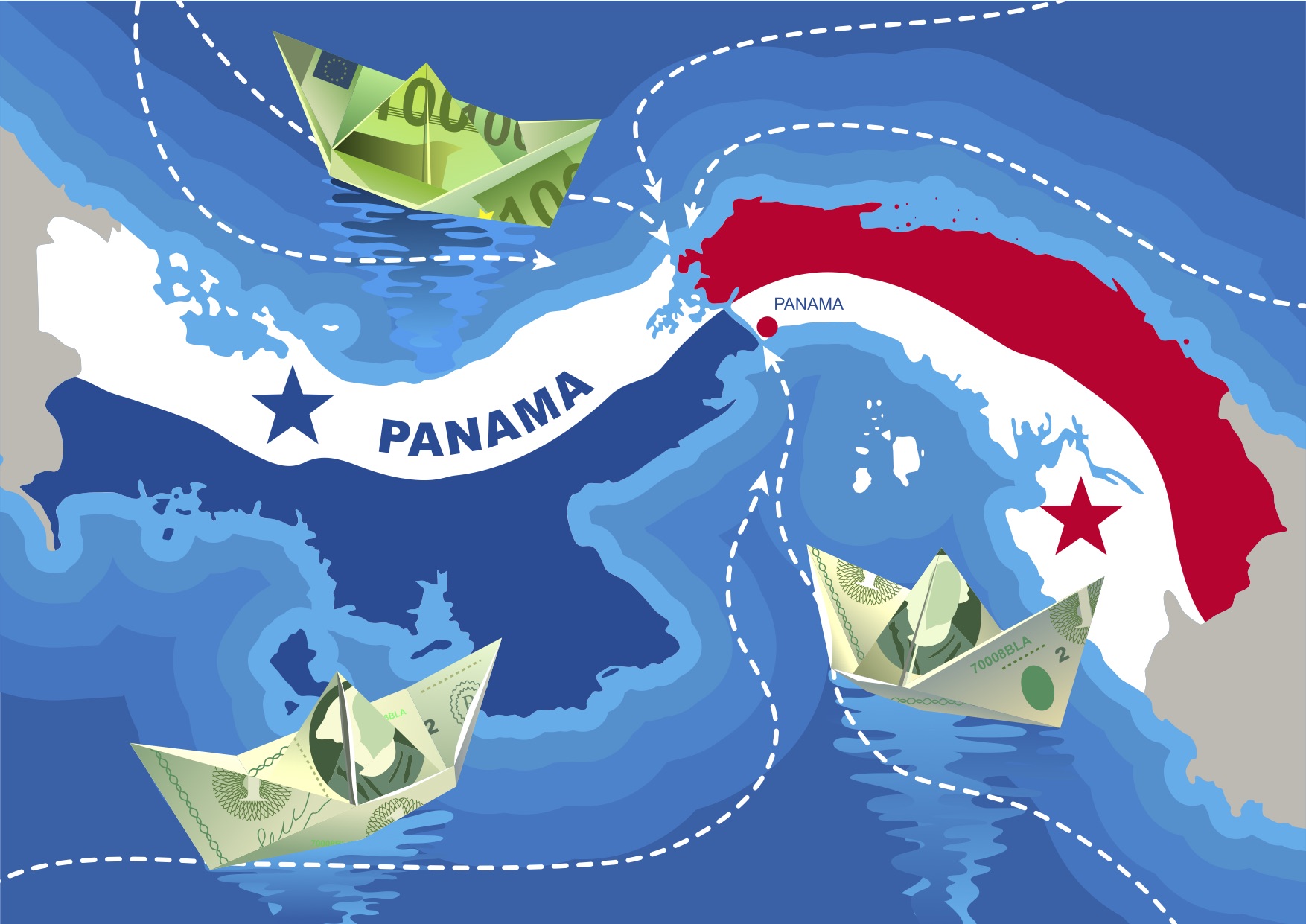Reading Time: < 1 minutes
- The paleolithic diet gets its name from the Paleolithic (stone age) era, a period (2.5 million years ago) when humans had not yet figured out agriculture.
- Since they didn’t know how to grow a crop, humans sustained life by hunting and gathering.
- Therefore, most of what they ate was either animal meat & seafood (hunting) or raw vegetables, nuts, insects, and fruits (gathering).
- And meat and unprocessed food was the kind that was prevalent in the early 1800s in the US when people loaded themselves up with eggs, meat, etc.
- In the late 1800s, due to advancements in technology, manual labour decreased significantly, but the food, more or less, remained the same.
- This made people feel gassy and heavy.
- In the 1890s, John Harvey Kelloggs started the idea of cereal breakfast, and it caught on in the form of corn flakes, wheat flakes, etc.
- In 1906, John’s brother added sugar to the cereal mix and so began the ‘dessertification’ of breakfast.
- By 1975, sugar had become a cause of distress for consumers, thanks to an increase in food research and chronic diseases such as obesity, diabetes, hypertension, and heart disease.
- An outcome of the ongoing food research was a book by Walter L Voegtlin called The Stone Age Diet, which reintroduced this diet, claiming that it would make modern human beings healthier.
- Under the Paleo diet, sugar, processed food cereals, grains, and milk products are prohibited.
- Since 1975, the Paleo diet made appearances here and there but became soaringly popular after the publication of the book The Paleo Diet by Loren Cordain in 2002.
- While the diet is popular, there are various counter-points against it, the main one being that it is based on the basic assumption that humans have not evolved in the last 2.5 million years.
Also Read:
How are calories in food calculated?
Reference shelf :


